Meeting the king of Carpathian forests
On Monday 17th June I found the sole on my boot started unsealing. Looking into map I realized I could not make it to Turčianské Teplice if I followed the E8 route. There should be a package waiting for me I had sent from Dubňany. So I decided to go straight through the Turčiany valley. I followed the GPS through the fields, roads and I even crossed the Turiec river as I tried to avoid the asphalt roads. All this effort only to get to the post office before 6 pm closing time. A bit exhausted I picked up the parcel at 5:25, repacked and send back home about 300g of stuff I realized I do not need.

After an exhausting day I was looking forward to a reward in the form of pizza. As usually, my order started by sitting close to a socket, plugging in the charger and surrounding it by: a smartphone, a smartwatch, batteries, a headlamp and a keyboard.
In order to charge as fast as possible I used a charger with 3 USB sockets: one with QC 3.0 for quick charging my phone, another 12W one for charging four 18650 batteries (optionally with a splitter to 3 microUSB cables) and another 12W socket for other batteries or devices. The batteries plus a lightweight adapter are lighter than a powerbank and enable me to charge/discharge them individually, thus having better control over the juice reserves. I made several capacity tests before picking up 2 noname batteries along with 2 Nitecore ones. My feeling was that the noname batteries charged faster (due to lack of protection) so I used them more often keeping Nitecore as power reserve.
Thus I could drain almost 40 W from the grid and get maximum within 1-2 hours my stops lasted. Goal Zero Nomad 7 photovoltaic panels were comfortably keeping everything charged while in the high mountains in sunny weather. In this case it is much better to charge phone directly as the transfer through a battery spoils about 40% of power. However, while walking through forests or during rain, the solar panels performed poorly. Fast-charging 45 Wh power bank might be equally good solution.
After charging my electronics and checking e-mails I set up for the last few kilometers to find a place to camp. I was so full with pizza and reckless, I forgot to put jingles on my poles.
It was getting dark in the forest when I could see a movement behind a curve. 70 metres from me was the king of the Carpathian forests – a bear. He/she was digging something from the slope near the path and did not pay attention to me. I silently left the scene, then turned back and searched for some camping place closer to the town. A meadow near a small pond seemed like a good spot considering constant noise from a nearby road and being able to see houses of Turčianské Teplice only 1 km away.

These “qualities” guarantee no bear comes here, I thought. Once I laid into the sleeping bag, I could here “barrraummm, barrraumm” from a forest near the meadow. The distance was not more than 200 metres. Oh dear, the bear is here, went through my head. And at that very moment another loud “barrraumm, barrraum” could be heard from a road 50 meters from my shelter. Seemed like two bears were negotiating a territory, because the voice of the second bear sounded really aggressive. I took pepper spray into my hand and wrapped up into the sleeping bag. Fortunately the argument was over soon and the closer bear left towards the town. I fell asleep.
30 minutes after the midnight the closer bear was back. It’s “barraumm, barraumm” was left without answer and I was even more afraid as I was so close to the bear. Again I took pepper spray and wrapped up into sleeping bag thinking about the best moment to use the spray – when the bear starts sniffing my tarp or when it starts touching me?
I could hear its steps in the grass and the sound of cracking twigs as the bear was approaching closer through bushes. Fortunately, he/she continued towards the forest where the first bear sound came from ignoring a frightened human occupying 2,5 square meters of the territory.
To the heights
I started the Tuesday 18th June with a swim in a nearby pond and examining the place where I met the bear. He/she was digging for ant eggs.
Veľká Fatra is a horshoe shaped mountain range opened to the north. The alpine meadows form only small part of the range while most of the area is covered by deep forests on the slopes and hundreds of streams form fast running rivers. I left E8 for couple of hours to enjoy walking one of those valleys meeting it again near Kráľova studňa – King’s well (1340) – a strong spring in the mountain pass that gave name to a hotel.
The alpine meadows of Veľká Fatra in June seemed like a paradise. Covered by carpets of flowers including orchids. The perception was intensified by rainbow following a rainshower. I quickly realized I made a mistake regarding my shoe management: while I put poncho on me and rainproof overpants, I left the leather shoes on. This lead into soaked boots and socks.

Good bye blue sky
The connecting range between Veľká Fatra and Nízké Tatry is forested and a bit up and down walk. I met another two long-distance hikers coming from Dukla on Wednesday 19th June. Though each meeting takes few minutes, it is always very warm and respectful.
Apart from dozens of hotels, there is a small shop in Donovaly (about 1000m altitude), where a hiker like me can refill. It is a mountain resort village in a pass on the western tip of Nízké Tatry (Low Tatras). Looks of the hotel guests towards me gave me evidence that with each mile passed my appearance is moving away from theirs.
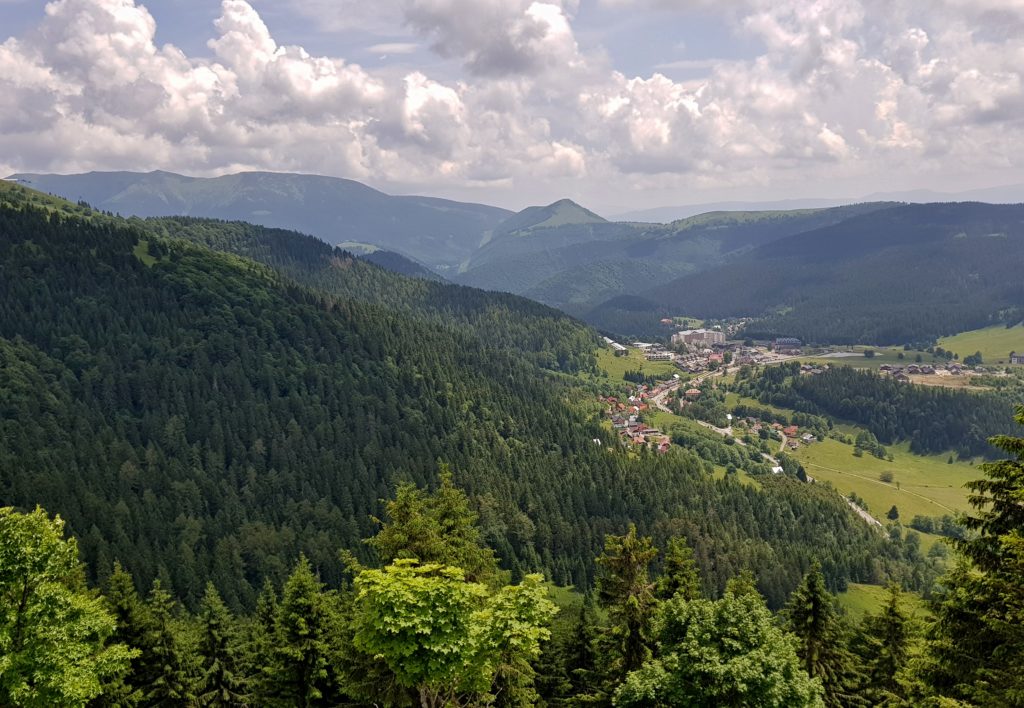
I reached shelter under Kečka (1225) mountain (útulňa pod Kečkou) together with the first drops of a thunderstorm. I felt really lucky watching the heavy rain and even hails from behind a window of the cozy shelter. I used the time to insulate my shoes with some cream I found there, because I forgot to add shoe wax to my backpack and the one in the parcel for Romania was far away.

After an hour or so I could see a group of tourists climbing down the opposite hill. It appeared these were 16 years olds making their Duke of Edinburgh award. They rushed into the shelter, wet all over. The first thing they asked for was GSM signal to inform their parents they survived the thunderstorm and tell their leaders they are giving up this expedition. Along with the shelter guardians we made fire in the woodstove, offered them hot tea but they were not able to make effective use of this care. They left the wet garment on the floor, put on the last dry stuff (unless even this was wet), put on sleeping bags and started eating some cold food talking only about the end of their expedition. 40 minutes later their teachers came persuading them to continue but the teenagers could not imagine any other scenario than going to the nearest bus or train stop and back home. If only they wrung their garments and used the hot stove to dry their clothing and cook warm meal, they could be ready for next adventures within few hours.
Once the thunderstorm moved further, I left the youngsters alonw with their troubles and crossed a hill to Hiadeľské sedlo (1100) with a nice open shelter to join about 8 other hikers there for the night. To the west I could watch beautiful sunset over the Veľká Fatra.

Running away from a thunderstorm
I started early on Thursday 20thJune in order to avoid thunderstorms that were expected to come in the afternoon. Most of the day I walked in the clouds so I cannot say much about appearance of this part of the Low Tatras.

I tested my homemade fleece overcoat for the first time. It is a lightweight rectangular piece of fleece that I can put over my shoulders where there is high temperature loss while hiking. Another use of this is kidney belt when zipping it on the shorter side. I also often used it as a pad.
A thunderstorm came at about 1:30 pm. Along with two Ukrainian geologists we rushed towards Chopok (2025) – restaurant and a cable car station. After an hour of running in altitudes about 2000 metres, I reached the restaurant and watched the further weather development through large glass windows eating my favourite meal – fried cauliflower.

The rain cleaned the air and the evening walk below the highest peak of Ďumbier (2046) towards Štefánik chalet (chata M. R. Štefánika) was full of beautiful vistas towards Vysoké Tatry (High Tatras) – the highest range of the whole Carpathian arc. Due to the strict conservation rules and necessity of being accompanied by a paid mountain guide on some trails I am missing this range on my journey.

The chalet was full of tourist chatting over a glass of beer, some combined this with spirits. For me this was like a miracle as I could have a shower, wash my garments and dry the boots. Good deal for 21€ including breakfast.
Chasing Ještěr through wet bush
Refreshed I started walking before 8 am on Friday 21st June. The weather was excellent with beautiful views over the western part of Low Tatras.

This changed at about 10 am with the first thunderstorm of the day. The trail from Čertovica (Devil’s pass, 1232) leads through clearcuts, that means narrow footpath through high grass, bushes and young trees. I was soon soaked all over and my poncho (precious SMD Gatewood Cape) a bit torn. Despite the fact I tried to catch my friend Ještěr, I stopped at Ramža shelter to have a lunch, dry garments and wait till another thunderstorm passes.
Thus I set up at 2:45 pm from the point where my friend stayed overnight just after another thunderstorm passed.
Rainy weather is great to watch endemic Carpathian blue slug (Bielzia coerulans).
After another half-day of speed hiking in not less challenging conditions I could finally see smoke and meet him for a night at Priehyba mountain pass (1185). As he had started large fire, I could use my lightweight grate made of four pegs connected by two titanium tubes. This was the first and the last time I used this gadget of mine during the hike. Two other hikers joined us later at night.
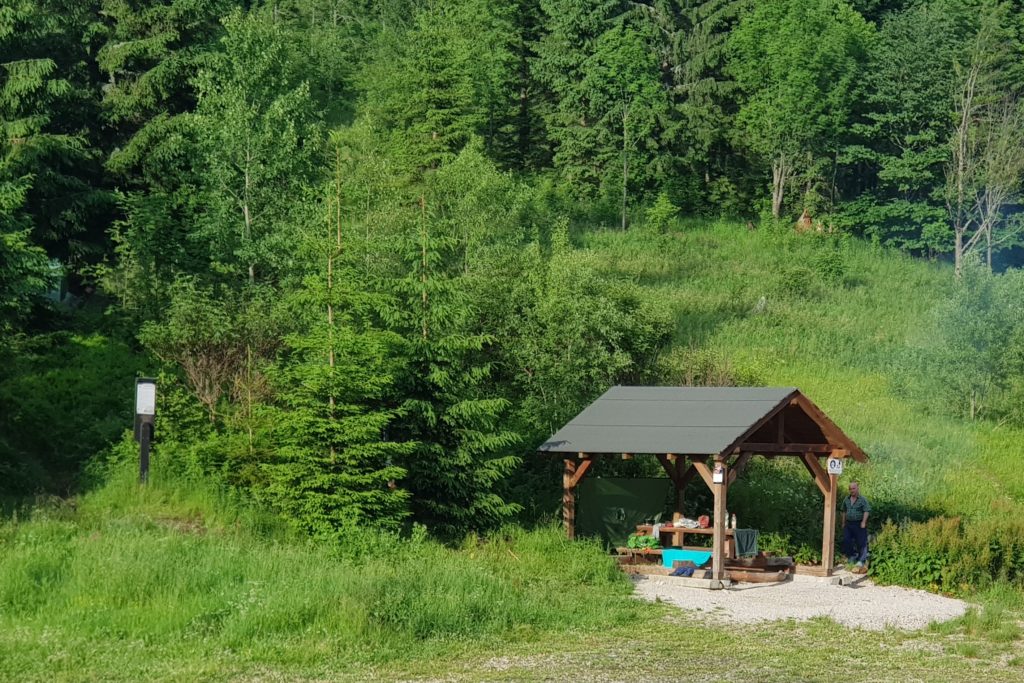
A ranger changed my plans
After a steep ascent from the pass, the character of the mountains changed on Saturday 22nd June. There were more alpine meadows with isolated trees and probably nice views we could have enjoyed if there was no fog as we walked in clouds. At about noon a huge thunderstorm started approaching the range so we took shelter in Andrejcová (1420). When we came only 5 Poles were mixing different types of alcohol and an older Czech couple making their lunch, but as the thunderstorm approached the shelter started to fill with wet and grateful hikers.

I must admit I have got a trouble with shelters. Trying to use the opportunity I put my socks to dry somewhere, charge my electronics etc. Then a shelter fills up with people and it is difficult to collect all my belongings again. It was the same here. Once the rain faded, I set up for the hike leaving Ještěr at the shelter as he did not want to get soaked again. All the way up the first hill I felt there was something wrong with my shoes – have I put on both pairs of socks? No, I left insoles in the shelter. So I left my backpack under a tree and needed to return for them.

This Eastern part of the Low Tatras is definitely a beautiful one with less rocks but high alpine meadows offering beautiful views namely over High Tatras. Unfortunately I could not enjoy this as most of the time I was walking in the clouds. When approaching Kráľova hoľa (King’s peak) – the highest point of this part of the range, the fog was so dense I could barely see 10 meters in front of me and the wind was so strong I could barely keep walking.
A ranger approached me at the peak and ordered me to descent to the south. After a short argument where he stereotyped “you Czechs are crazy, you do not understand mountains, have no equipment and we always need to rescue you,” which I did not considered fair towards me, I was forced to descend to directly the opposite side of the range. The ranger was afraid I could get lost in the fog and call for rescue or die.
I was not happy at all because I was forced to lose 500 altitude meters I would need to climb back the next day and the bivouac site he sent me to (and later checked if I am there) lacked a water source.
Wet man in a dry village
The weather was the same on Sunday 23rd June in the morning so I quickly packed and rushed into the fog to avoid next meeting with a ranger who could send me back again. There were no dangers described to me by the ranger on the trail but the weather was not fine. All the vegetation was soaked by water and so was I. Rainshowers started later in the day. While on hike it is always difficult to assess the right time to replace the windproof jacket with a waterproof poncho. At one point I underestimated the rain and got totally wet.
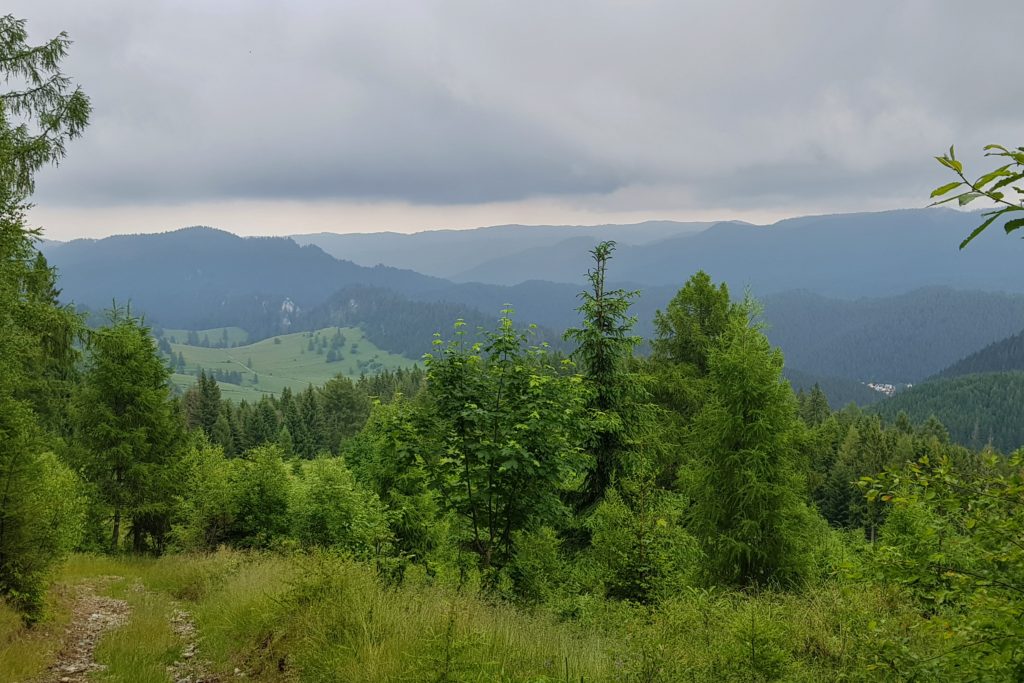
As I approached another national park – Slovenský raj (Slovakian Paradise), the marked trail led through a stream so I put on my crocs and walked through the water. Another heavy shower approached and I was walking in my poncho, wet all over with a vision of drying up soon as my aim was Vydrník – village approximately 10 km away where my friend lives and a support package is waiting for me.
A car stopped next to me. “Get in!” the driver ordered. “No, it is OK, I shall walk.” I replied bearing in mind I am walking across Carpathians. “Where are you going?” “Vydrník.” “OK, that is village right next to ours, get on board.” I was hesitating only for a few seconds. I had been invited for a lunch there and it was 3 pm at the moment as I got delayed by the ranger yesterday. When I was getting off the car in Vydrník, two puddles of water were left in a car – one where I was sitting and another one in the boot, where my backpack enjoyed the ride.
It was dry in Vydrník, just 11 km away, so I looked like a phantom when ringing the bell of my friend’s house soaked all over and leaving wet tracks. The family immediately took over my troubles, fed me and washed my dirty clothes. Staying overnight in the local scout clubroom enabled me to go through the support package and dry out the rest of my equipment.

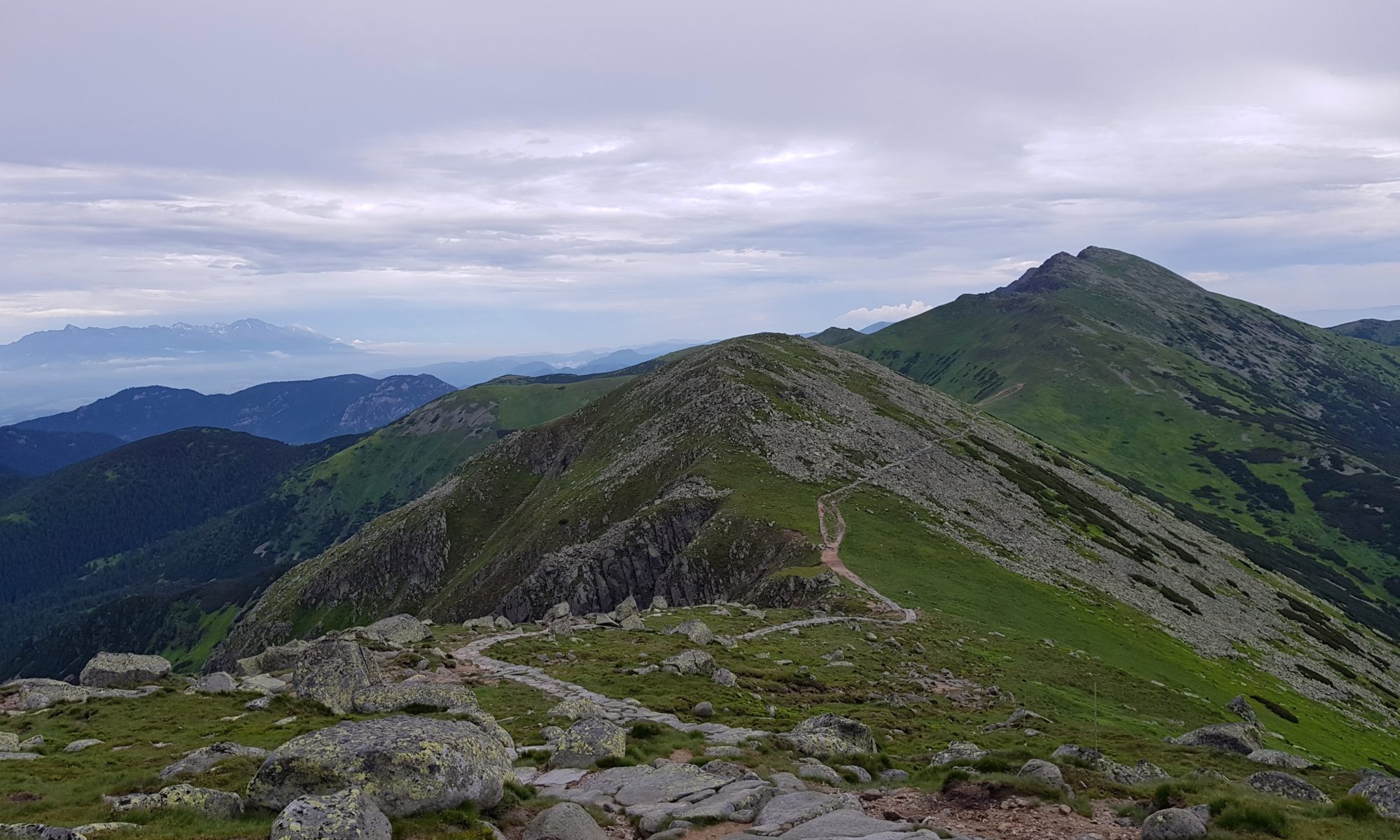
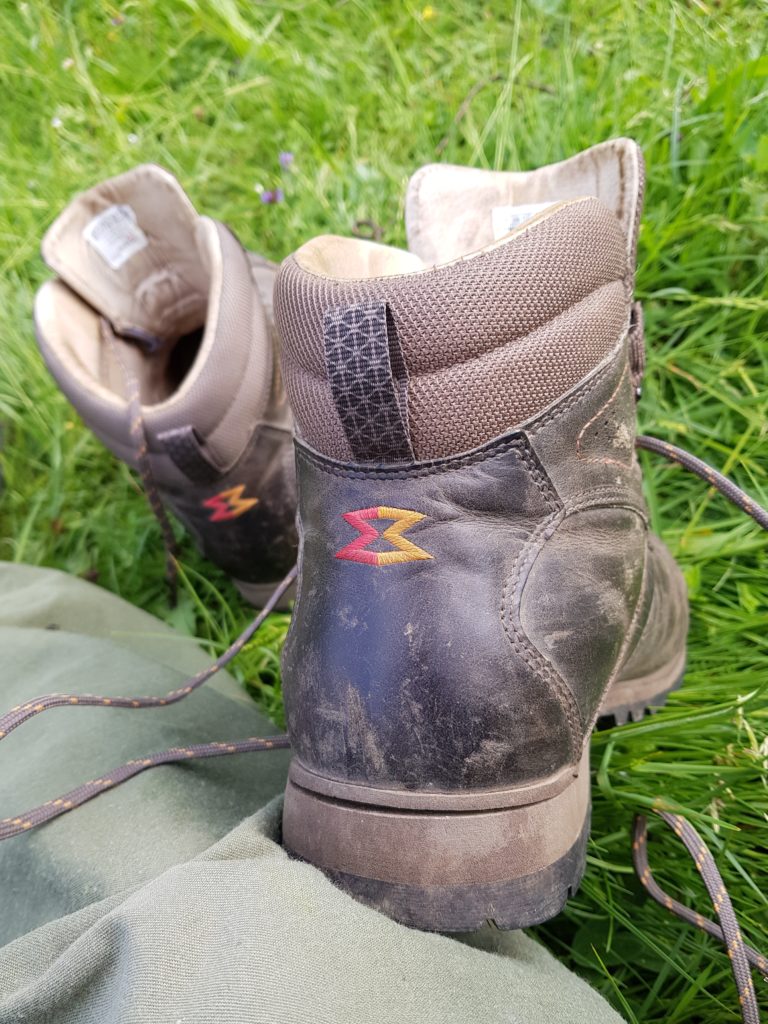


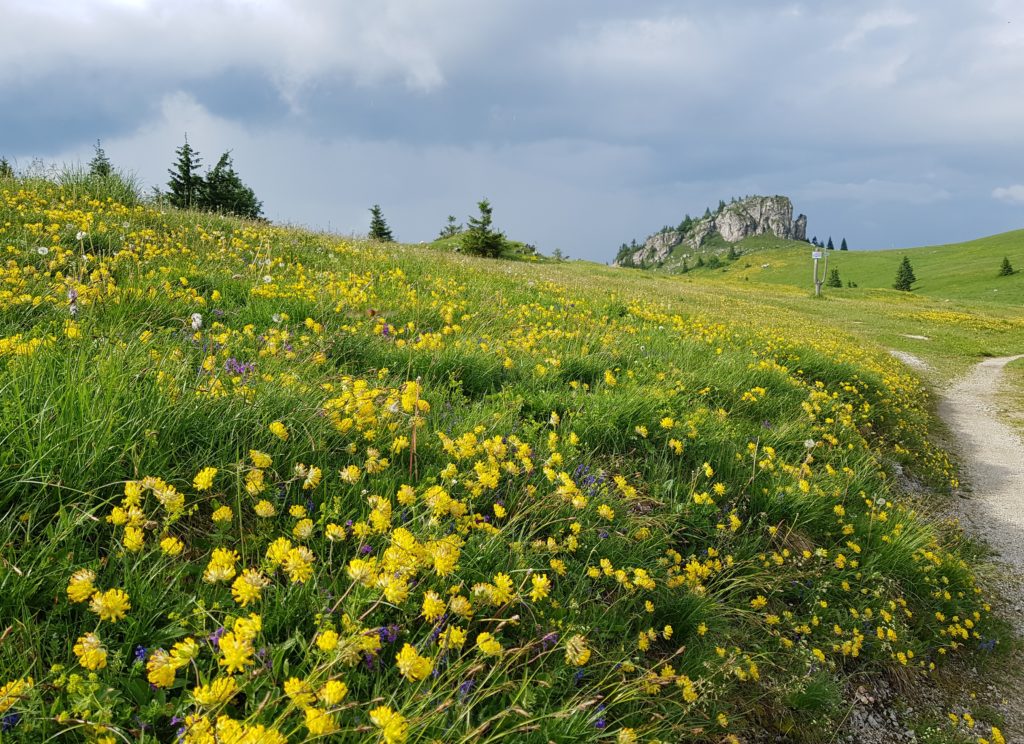
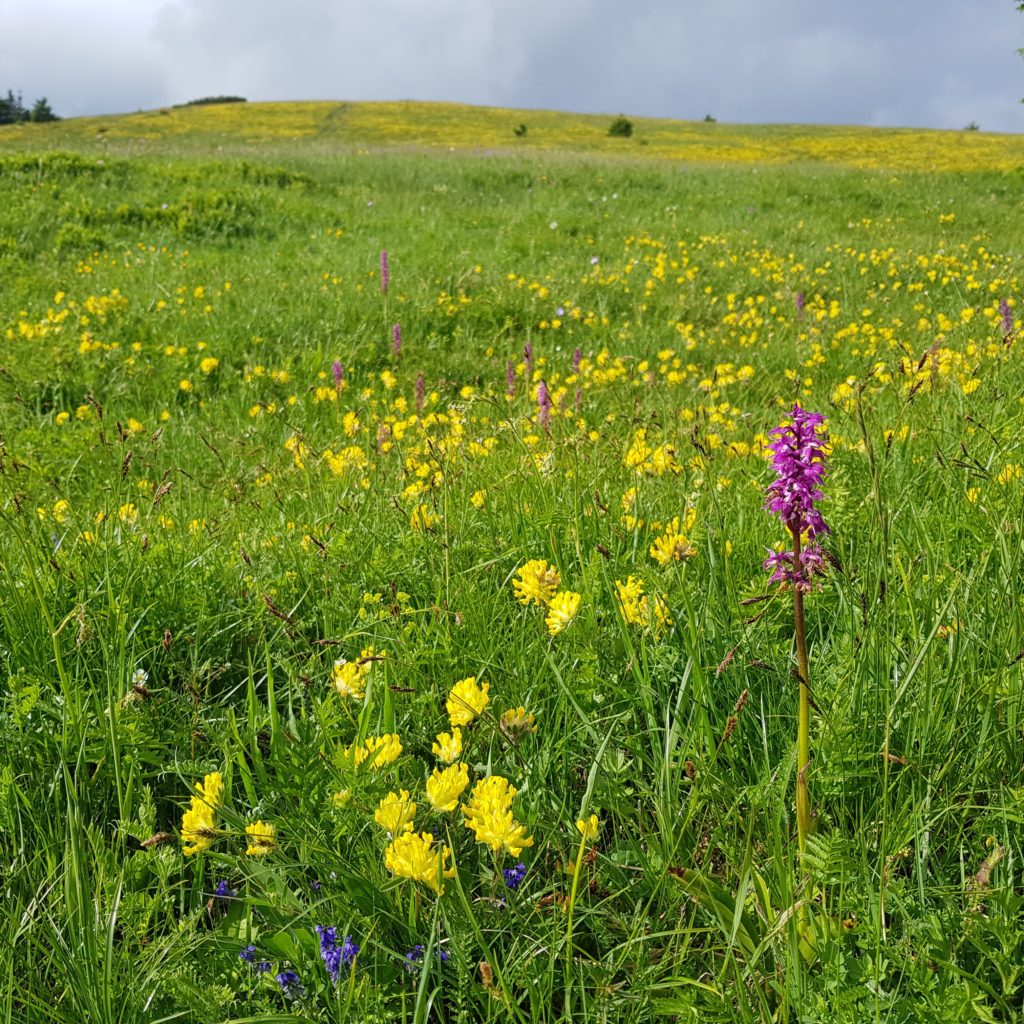








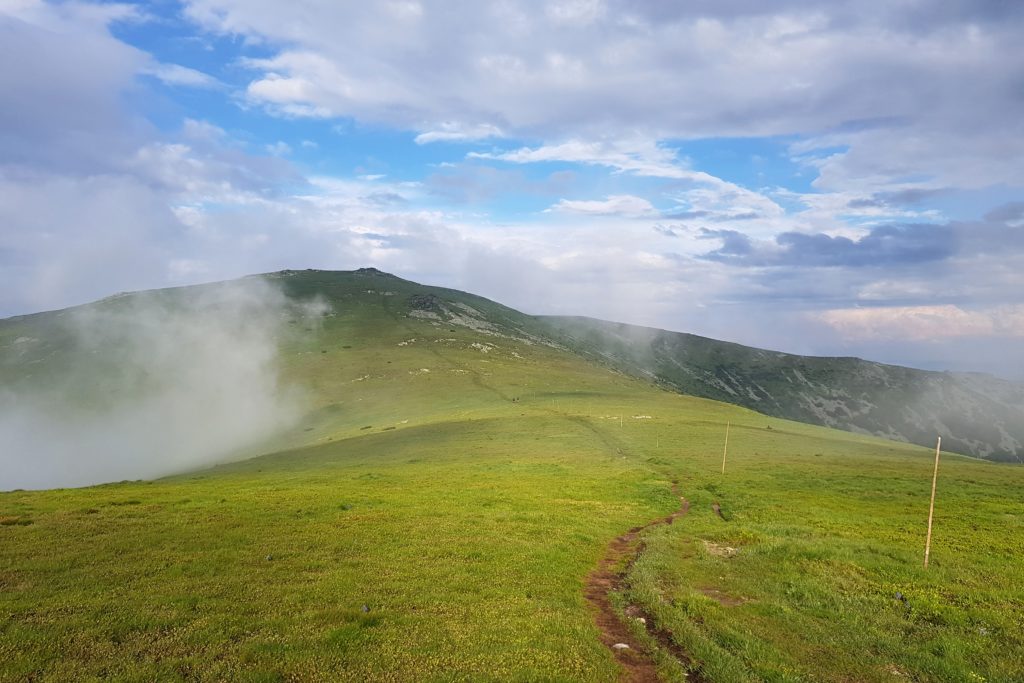

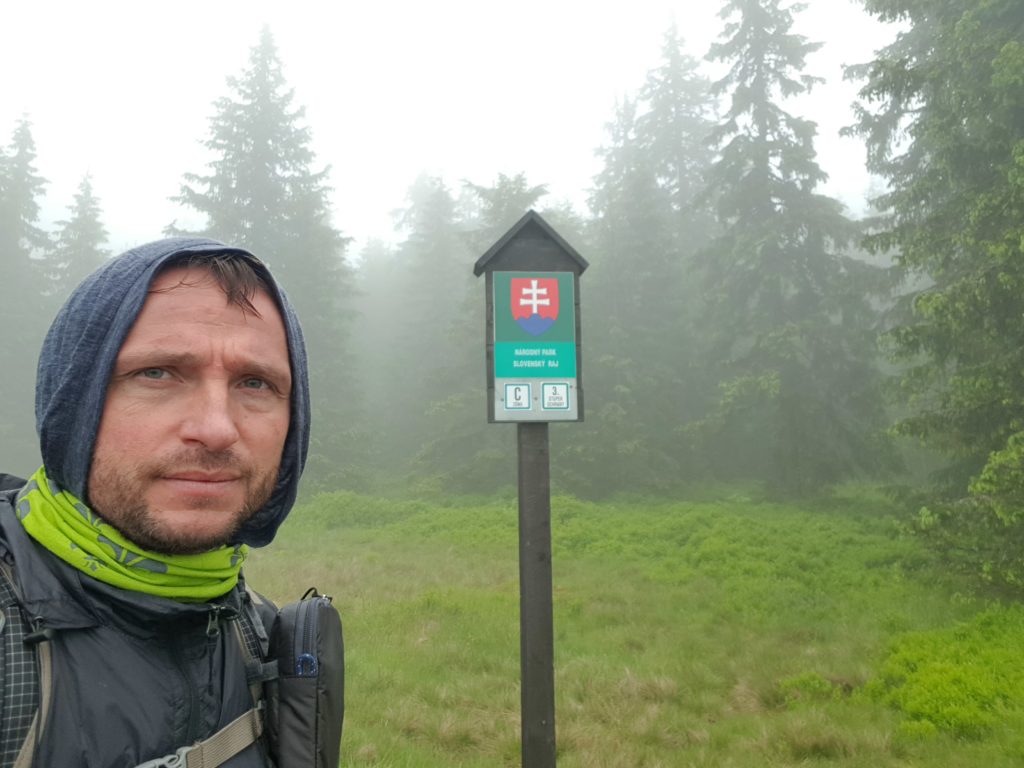

One Reply to “In the high mountains”
Comments are closed.